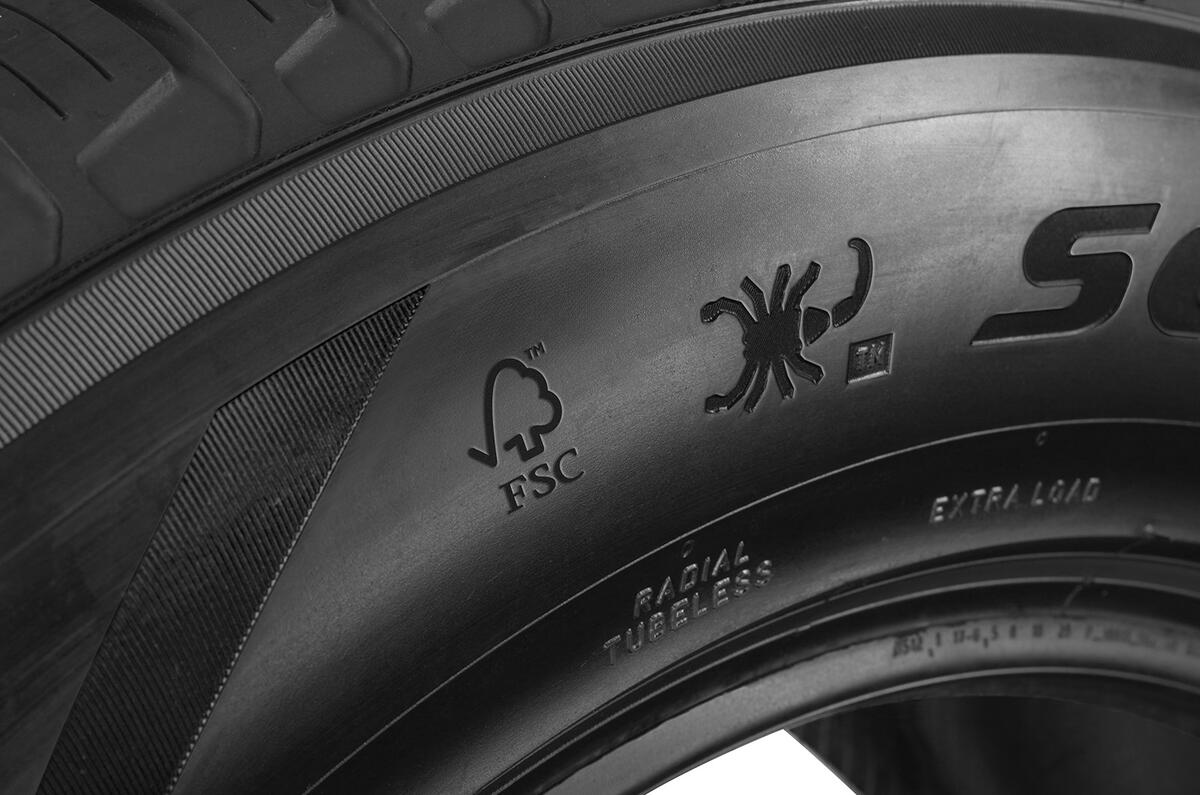Of all the individual components that make up a car, tyres are among the most complex when it comes to the blend of constituents needed to make them.
Traditionally, their sustainability credentials have been questionable to say the least, not just in terms of what goes into them but also the impact they have on the environment in the sourcing of raw materials such as natural rubber.
Pirelli has announced that all natural (as opposed to synthetic) rubber and rayon in its tyres will be FSC (Forestry Stewardship Council) certified by 2026.
The upcoming Range Rover Electric will get them and JLR says it will be the first manufacturer to adopt the tyres "at scale". Rayon is made from natural sources, such as wood and natural fibres, that are regenerated as cellulose fibres.
The FSC certification confirms that plantations are managed to preserve biodiversity and benefit people living in the area. It also ensures the certified material is segregated and not contaminated by uncertified material on the way to the finished product.
Pirelli's use of FSC-certified natural rubber and rayon at scale may be a first in the JLR line-up but it isn't the very first appearance of the materials. Pirelli made the first FSC-certified natural rubber and rayon road tyre back in 2021.
This year it also used the certified natural rubber in its Formula 1 tyres from the first grand prix of the season, accounting for around 15% of the total weight of each tyre. More recently, it introduced them in the Pirelli P Zero Race RS and the total weight of each tyre consists of 23% certified natural rubber.
Tyre makers are stepping up the work to reduce the environmental impact of their products, especially ingredients used to make them.
Tyres are a complex chemical cocktail of some natural rubber, a couple of varieties of synthetic butadiene rubber, carbon black (a filler made from incomplete combostion of materials including coal tar), silica (made from sand), nylon, petroleum, various textile cords, curing chemicals, resins and more.
Michelin and its partners are working on producing bio-based butadiene to make synthetic rubber using bioethanol rather than petroleum. Earlier this year, Michelin revealed it has succeeded in making it on an industrial scale at a demonstrator plant.
Manufacturers are also making silica from rice husk ash to replace the environmentally damaging business of mining sand. The husk ash route also requires much lower temperatures in the processing.
Recycled PET bottles are used to make polyester fibres; petroleum-based resins are being replaced by bio-based resins; carbon black is being recycled from worn-out tyres; and steel cords are being made from recycled steel.
Michelin has been making road tyres with 45% sustainable materials since last year and Continental's UltraContact NXT, also launched last year for mainstream cars, has up to 65% recycled, renewable and certified material.




Join the debate
Add your comment
What about the actual road surface?, is there anything in them that pollutes?